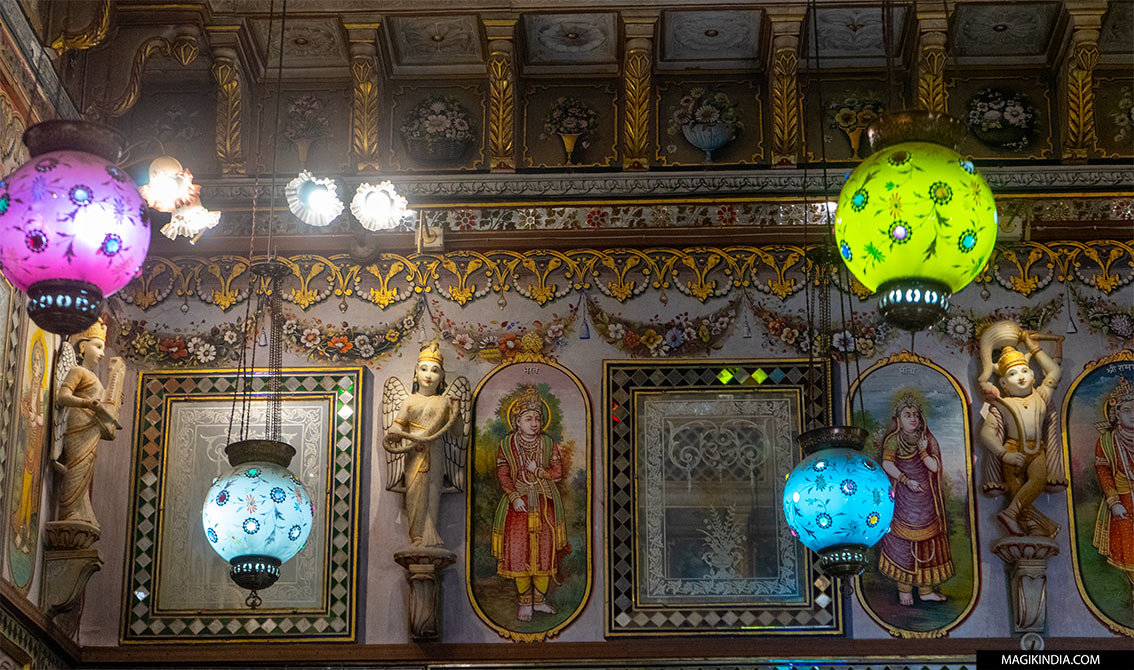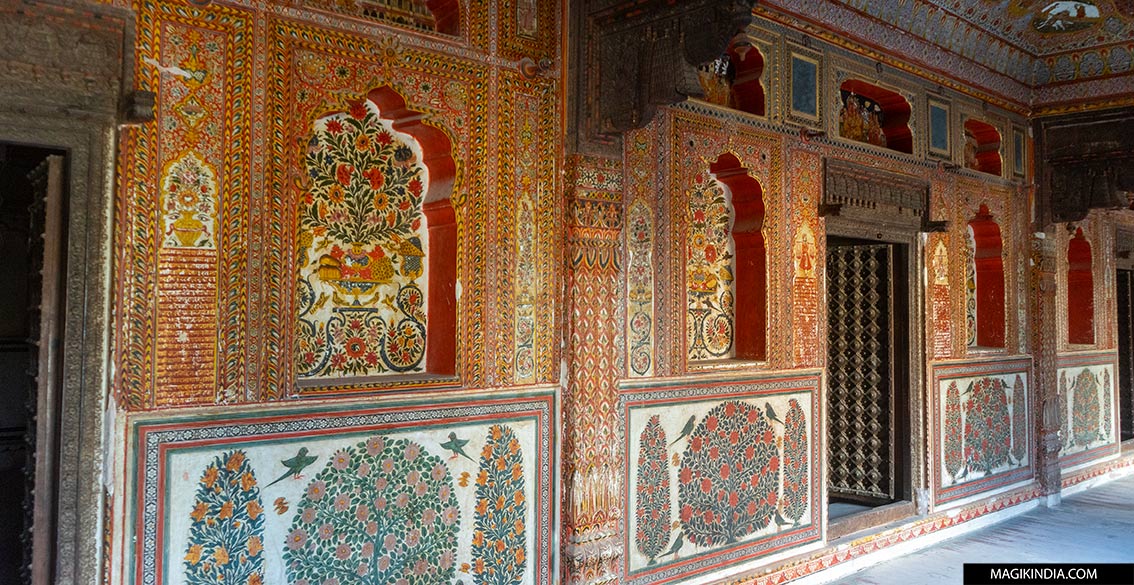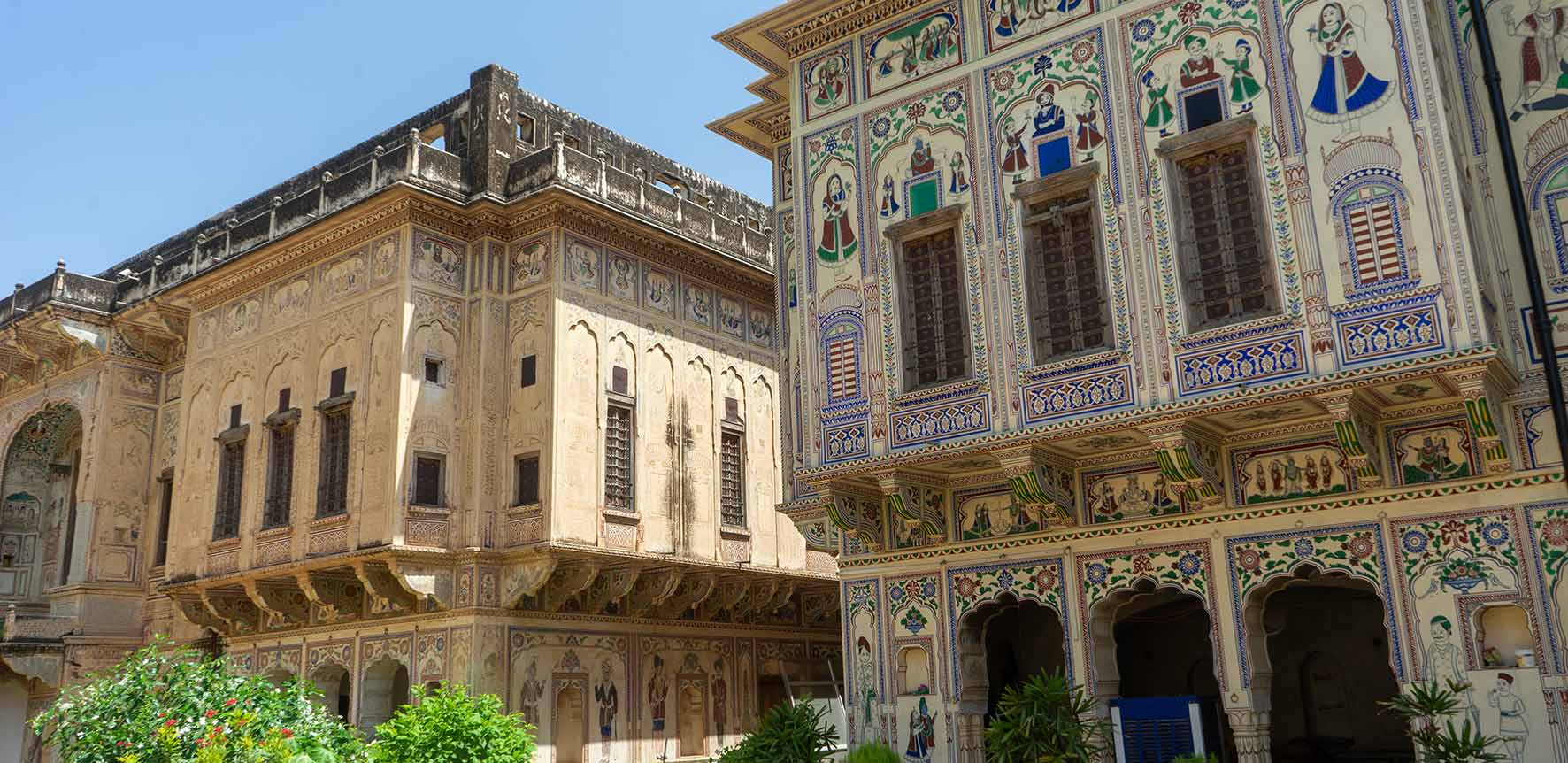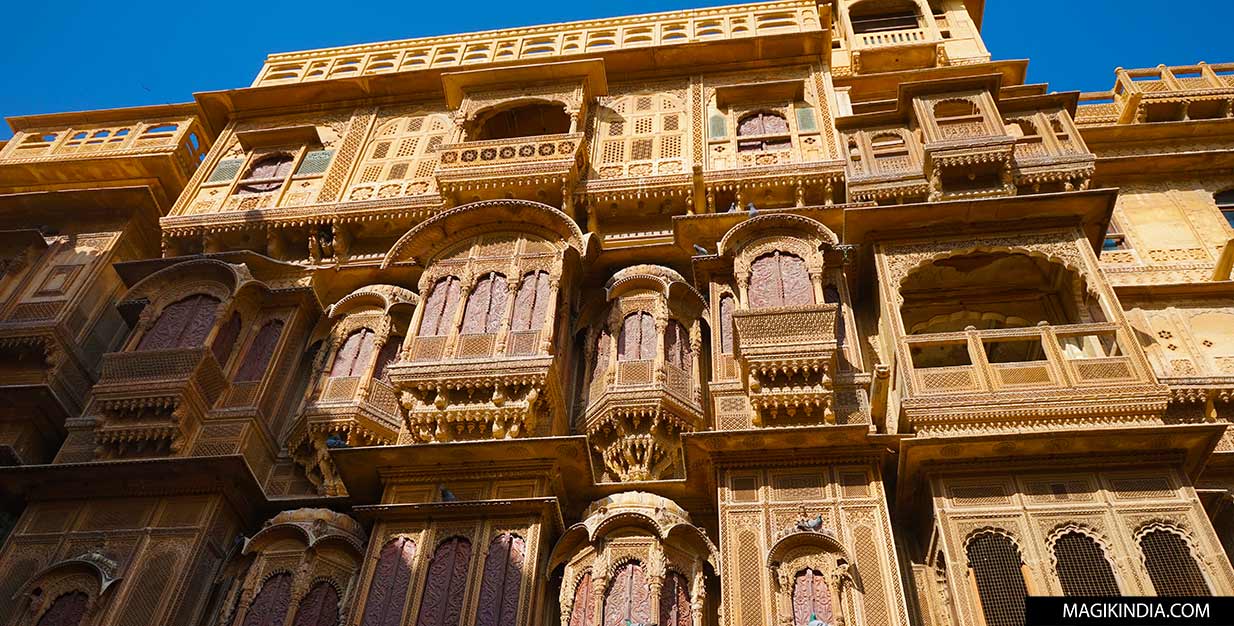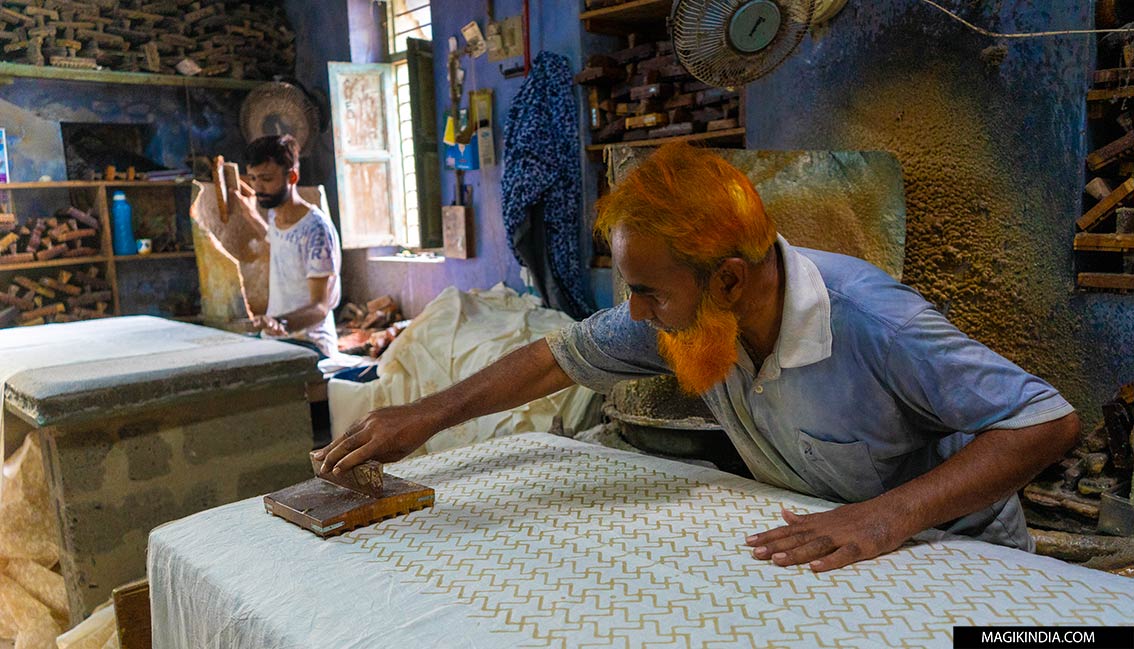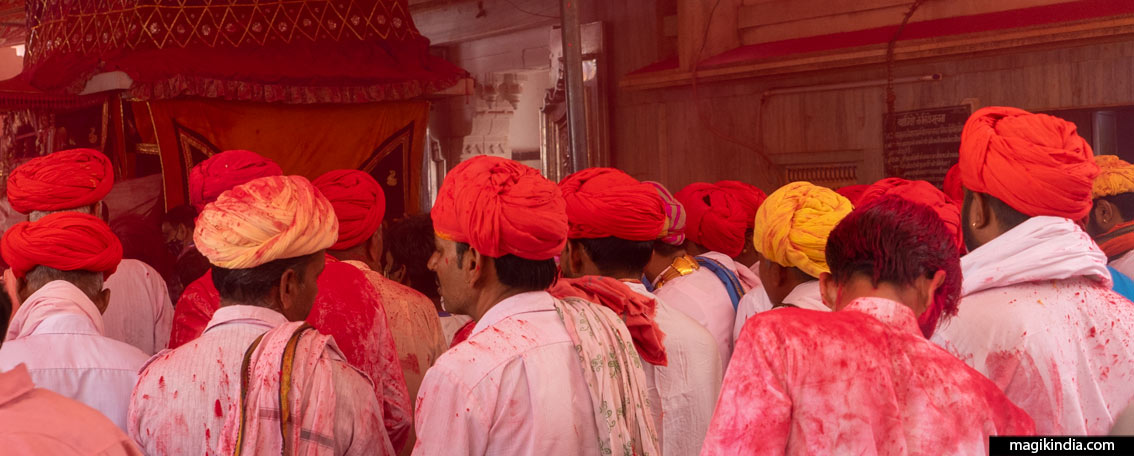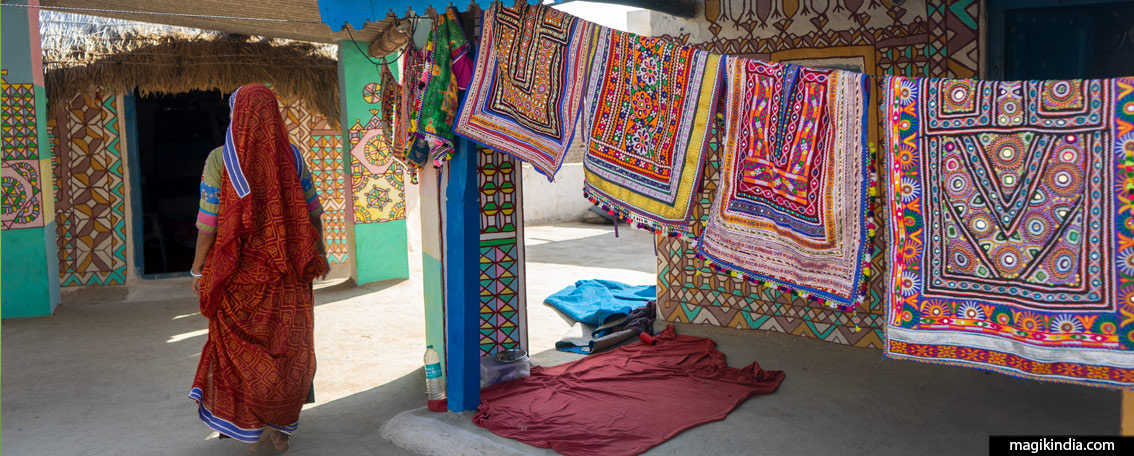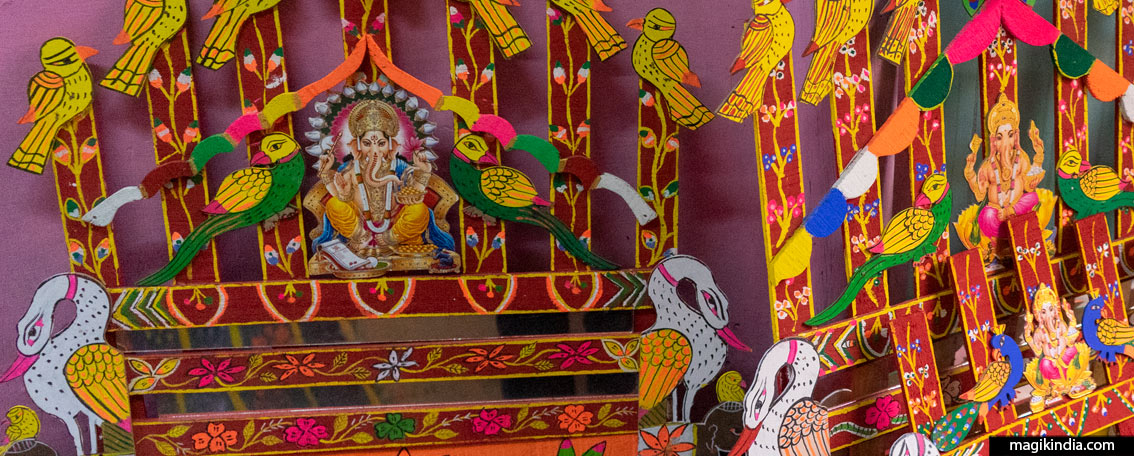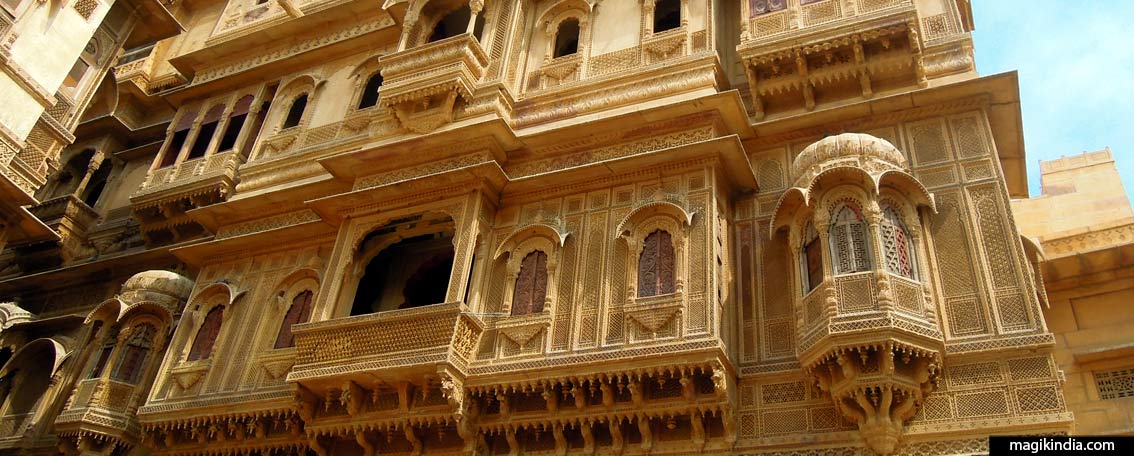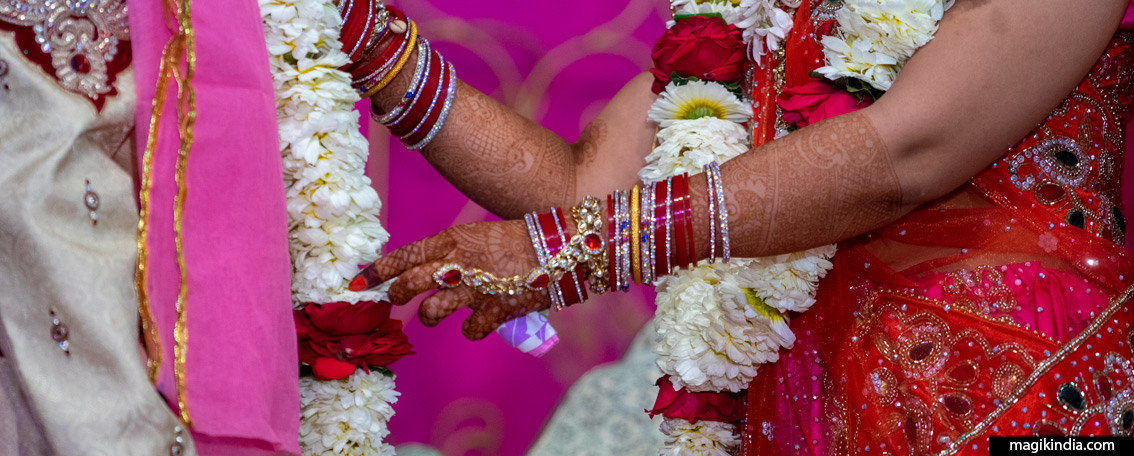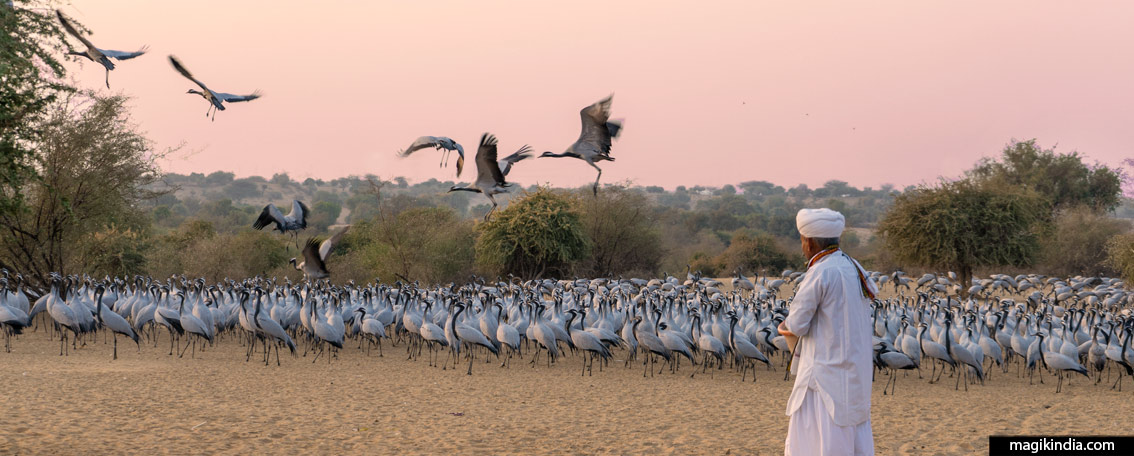
Namaskaram !
Welcome, Padharo ! I'm Mathini, a French woman who has been living in Rajasthan for 10 years. Despite being imbued with Indian culture from a young age it wasn't until 2014 that my Indian adventure really began. I left everything behind in France and set off on a 6-year journey through the land of Gandhi. These adventures are gathered in this blog which aspires, in an intentionally positive spirit, to bear witness to India's remarkably diverse and multifaceted cultural heritage. If this website sparks a desire to pack your bags and set off for an Indian adventure, it will have achieved its purpose. Subh Yatra on Magik India and beautiful explorations in the sacred land of Bharat...
Bordered by Pakistan and Rajasthan, Kutch is an ancient land that takes its name from its turtle-like geographical features (Kachchh in Gujarati). This region has developed its artistic richness by integrating the knowledge and traditions of the myriad of communities that have settled there since Antiquity: Rabari, Jats, Ahir, Meghwal, Sodhas, to name a few. In addition, due to the existence of major ports (Mandvi in particular), Kutch was once the epicenter of maritime trade, which extended from Central Asia to the west coast of Africa and India via the Middle East. This trade route also brought its share of outside influences to the Kutch region.
The Himalayan range that surrounds northern India is considered the home of the god Shiva, one of the three gods of the Trimurti (the Hindu trinity). It is therefore not surprising to find there many places of pilgrimage associated with the lord of Mount Kailash. The “Panch Kedar”, in the state of Uttarakhand, are one of them. “Panch” means “five” in Hindi, and Kedar is another name for Shiva. The Panch Kesar therefore designate five highly sacred places dedicated to the worship of Shiva. They are: Kedarnath, Madhmaheshwar, Tungnath, Rudranath and Kalpeshwar.
Kutch (Kachchh), is an amazing district located in the northwest of the state of Gujarat. The proximity to Sindh and the region’s ideal location on a navigable stretch of the Arabian Sea have made the district of Kutch the hub of cultural exchange which is reflected in its motley population. There are about fifty different ethnic groups in Kutch, without counting the many subdivisions, which is to say that it is impossible to mention them all in this article, so my choice fell on the most emblematic people of the region, namely Meghwals, Jats, Ahirs and Rabaris.
While strolling through the cities of Rajasthan, perhaps you have already noticed this pentagonal wooden decoration placed above the front door of a house. This element called “Toran” or “Torana” is an integral part of Hindu wedding ceremonies in Rajasthan and, under its simple appearance, it has a strong symbolism.
The climate has always been one of the determining factors for the design of living spaces. Thanks to very specific construction technologies, the haveli, translated as “mansion” in English, is an ingenious architectural response to the extreme climatic conditions of the regions of Rajasthan, providing passive means of heating and cooling, while respecting the environment. Thus, this type of residence, which sometimes takes on a palatial appearance, was, long before the term was used, a bioclimatic building and a model of sustainability that still inspires nowadays architects.
India celebrates more than 10 million weddings each year, which means that the wedding industry is doing well in the country of Gandhi ; with an annual turnover of 50 billion euros per year, it is the most largest marriage market after the United States (70 billion). No need to say that marriage is the most important ceremony in the lives of Indians. It varies from region to region and includes a myriad of highly codified rituals. In this article, I will stick to the Hindu marriage celebrated in Rajasthan and more particularly to that of the region of Mewar (Udaipur), where I live.
For the Bishnoi people, whose origins date back to the 15th century, ecology does not need to be taught, it is innate; it is a dharma (duty) that in the past has caused them to sacrifice their own lives to save trees. Due to this, they are referred to as “India’s first environmentalists”. In the 20th century, their activism inspired the “Chipko” movement, formed by a group of village women in Uttarakhand who opposed commercial logging by “hugging the trees”.

